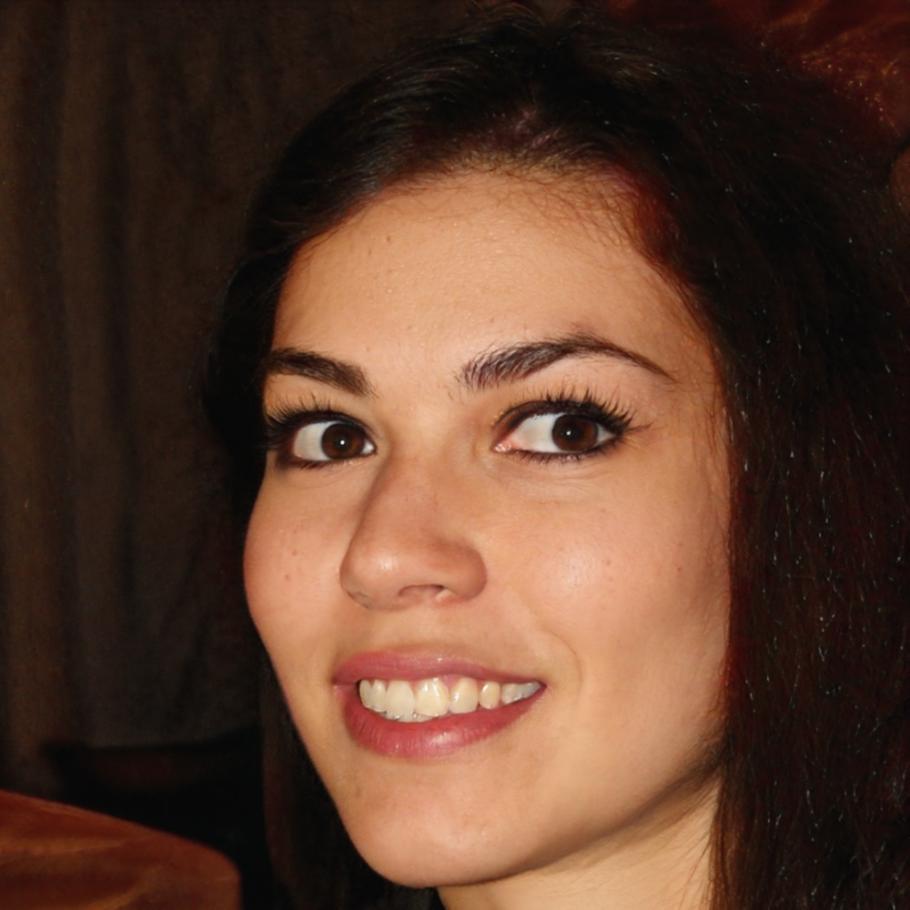Building Better Financial Models Since 2018
We started nuutaariosovuo because too many bright analysts were struggling with outdated modeling techniques. What began as weekend workshops in Brisbane has grown into Australia's most practical financial modeling education program.
Our Journey in Numbers
The Weekend Workshop Era
Started with just eight analysts meeting in a Brisbane co-working space. Marcel was still working at a mid-tier investment bank, teaching Excel shortcuts during lunch breaks. Those first sessions covered basic DCF models and sensitivity analysis — nothing fancy, but it worked.
Going Digital During Lockdown
COVID forced our hand, but it turned out to be brilliant. We moved everything online and suddenly had analysts joining from Perth, Darwin, even some from New Zealand. Rebecca joined us that year, bringing her curriculum design background from university teaching.
The Three-Pillars Framework
After hundreds of feedback forms, we identified what really matters: model structure, scenario planning, and presentation skills. This became our core methodology. We also launched our first advanced modules covering LBO models and merger analysis.
Industry Recognition
Several major Australian banks started recommending our programs to their graduate analysts. We partnered with three universities to provide continuing education credits. Our advanced certification became recognized by the Financial Services Institute of Australasia.
Next Chapter
This year we're launching specialized tracks for different sectors — mining, agriculture, tech startups. We're also developing our first in-person intensive workshops since 2019, starting in Sydney this September.
The People Behind the Program

Marcel Chen
Lead Financial Modeling Instructor
Spent seven years at Deutsche Bank before realizing he preferred teaching models to building them for 14-hour days. Has that rare ability to explain complex valuation concepts using simple analogies. Still gets excited about elegant SUMPRODUCT formulas.

Rebecca Walsh
Director of Curriculum Development
Former university lecturer who joined us because she missed working with motivated professionals. Designs our learning paths and makes sure everything actually makes sense. Probably knows more about effective learning techniques than anyone should.
What Drives Our Approach
We've learned a few things about what works and what doesn't when teaching financial modeling. These principles guide everything we do.
Real-World Relevance
No theoretical exercises that you'll never use. Every model we teach is based on actual deal situations or analysis requests that analysts face regularly. We update examples quarterly based on current market conditions.
Practical Learning Pace
Our six-month programs fit around full-time work schedules. Two evening sessions per week, with weekend workshops optional but available. We know you're already putting in long hours — our timing respects that reality.
Ongoing Professional Growth
Learning doesn't stop after certification. Our alumni network includes monthly case study sessions and quarterly industry updates. Many participants form lasting professional connections that benefit their careers for years.
Our Teaching Philosophy
We believe the best financial modeling education combines technical precision with practical judgment. Most programs focus too heavily on one or the other.
Our methodology emphasizes understanding the business logic behind every formula. You'll learn to build models that not only calculate correctly but also communicate insights clearly to senior management and clients.
- Progressive skill building from basic DCF to complex merger models
- Regular peer review sessions to improve model presentation
- Industry-specific case studies from Australian markets
- Direct feedback from practitioners still working in the field
- Emphasis on model documentation and audit trail best practices
